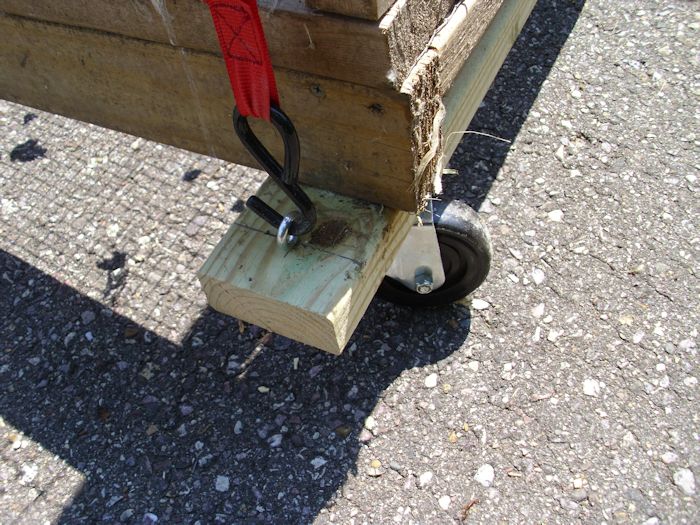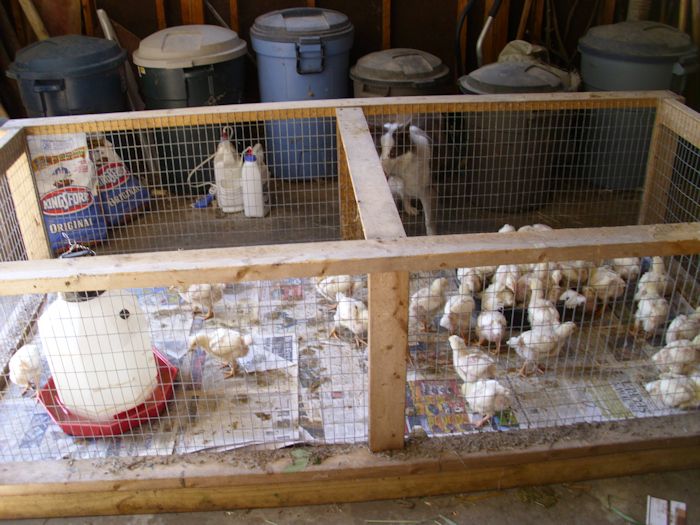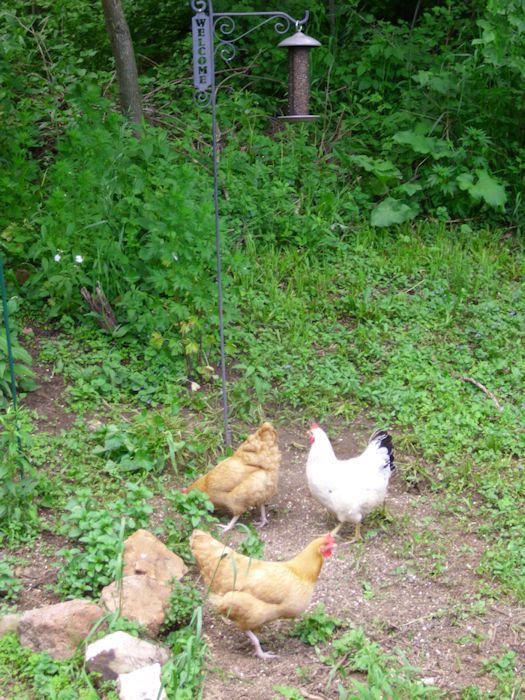A number of people have written to ask me lately about my perspective on global warming since I seem to take a middle view of things. That global warming exists is no longer the question. Some form of global warming is taking place. However, a moderate view of global warming also considers that the effects may not be as pronounced as some people state or from the specific sources that some scientists prefer to quote.
Global warming also doesn’t manifest itself as instant deserts where you stand. In fact, the temperatures during some points of the year may be quite a bit cooler than normal. For example, Wisconsin is having an amazingly cool summer this year—at least, it is in the area in which I live. We only had a few days so far this summer that have required us to use the air conditioning. What I do know is that the extremes in weather have become more pronounced and that we do see a larger number of warm days on average than we did in the past. I have related some of my observations about global warming in the past in such posts as Real World Global Warming and A Really Wet Spring. Putting the effects of global warming into terms you can understand personally is an important part of understanding the phenomena as a whole.
Admitting that there is a problem—one that affects you directly—is an essential first step toward resolving it. Until the issue becomes a personal problem that you have a stake in solving, it will remain a problem that some scientist somewhere is worried about. Of course, this is the very issue that most of the media seems to miss. I don’t imagine you’ve ever seen your local news do interviews of fellow citizens in your particular area on the personal effects of global warming. Perhaps if the media had done this, you would have more reasons to find a solution for the problem (as would I).
The source of the problem isn’t the concern. That there is a problem is the concern that makes finding all of the true sources of global warming essential. People do create pollution and I’d be the first one to recommend that you reduce the amount of pollution you create in order to stave off global warming. However, blaming emissions of one sort or another as the sole source of global warming is the easy way out and won’t solve anything. We really do need to know how much of the global warming that takes place today is as the result of the natural earth cycle, how much comes from natural sources, how much is directly attributable to human activity, and how much comes from other sources. Before that information becomes useful though, you need to know just how global warming is affecting you as a person.
I’d love to hear about how you think global warming is affecting you personally and what you plan to do to reduce global warming at [email protected]. I’m not looking for grand strategies here. What I really want to know is your personal solution—what you personally plan to do. Even small reductions in pollution from personal sources will make a huge difference when you multiply those reductions by the population of planet earth. Remember that an ocean begins with a single drop of water.

























